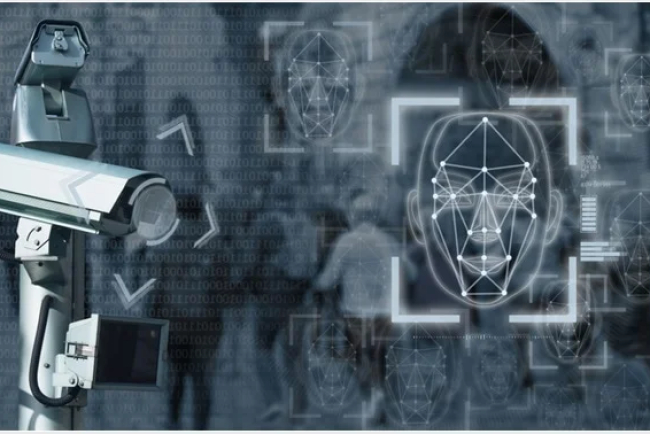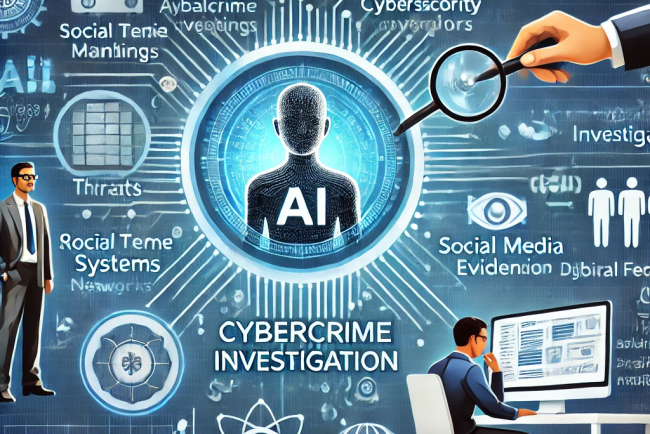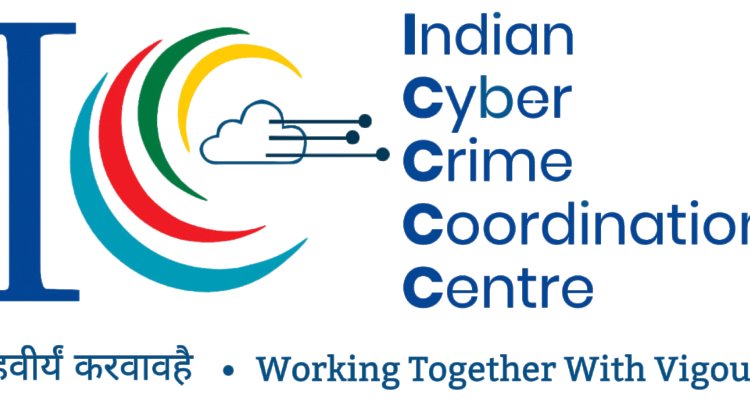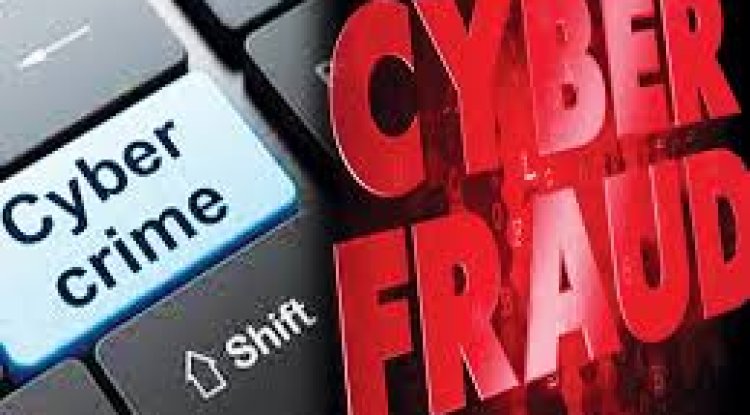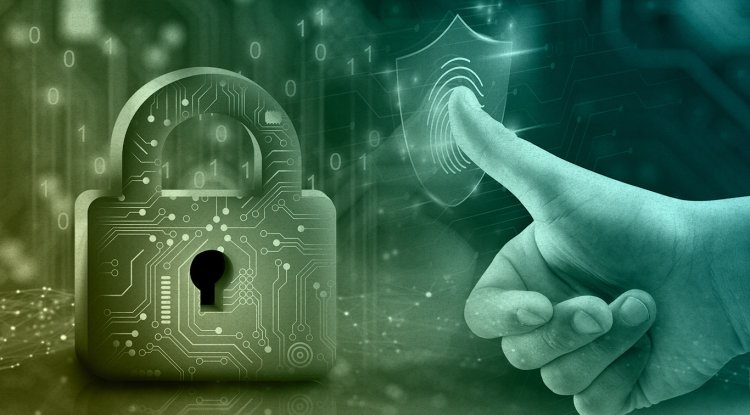"The Science Behind the Crime: Analyzing Forensic Evidence in Criminal Cases"
These books emphasise how cyber forensics and traditional forensic science can be used to provide a comprehensive strategy for contemporary criminal investigations. They emphasise how digital and physical evidence can be combined, the developments in both domains, and the opportunities and problems that come with doing so. Important themes consist of: Connecting digital and conventional methods of investigation Developments and breakthroughs in cyber forensics and forensic science Courtrooms and criminal justice are affected. Investigating uncharted territory and potential developments in crime-solving
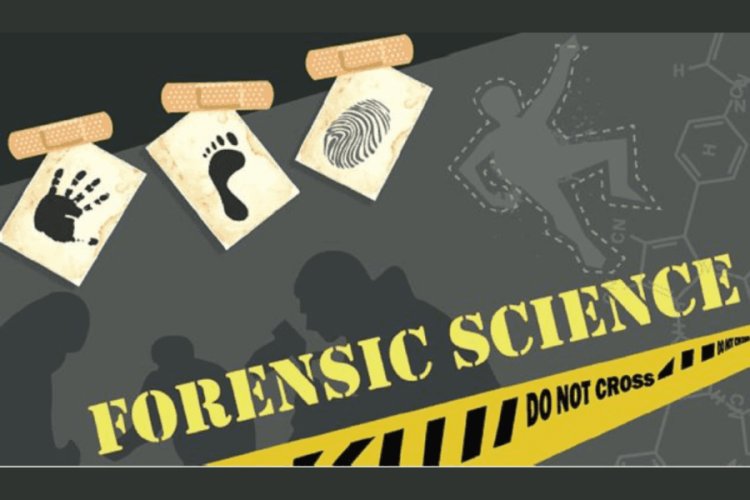
What is forensic science
Forensic Science = Science + Law.
Investigating and solving crimes through the use of different scientific disciplines is known as forensic science. The word "forensic" comes from the Latin word forensis, which means "of the forum," on which legal issues were debated in ancient Rome. Law enforcement organisations and legal experts worldwide now rely heavily on forensic science as a vital instrument.
In today's criminal investigations and the legal system, forensic science is essential. Forensic scientists help solve criminal and civil cases by applying scientific principles to legal issues and revealing facts concealed in evidence. By bridging the gap between science and law, forensic science ensures that justice is founded on facts and evidence, whether it is through DNA analysis or digital data examination
Major Branches of Forensic Science
Forensic Chemistry & Toxicology
The use of chemistry to identify and measure materials discovered at crime scenes is known as "forensic chemistry." In order to ascertain their composition and possible link to criminal behaviour, physical evidence such as powders, residues, liquids, and materials must be analysed.
Drugs, alcohol, poisons, and other toxic compounds found in biological samples like blood, urine, or tissue are the main focus of forensic toxicology. It assists in determining whether a person's behaviour, health, or death was caused by chemicals.
Forensic Biology & Serology
Using biology to investigate legal matters is known as forensic biology. It involves identifying people and reconstructing events by analysing living tissues, cells, and DNA. It is frequently applied in homicide, sexual assault, and missing person situations.
A branch of forensic biology called "forensic serology" is dedicated to the identification and examination of body fluids. Identifying and categorising fluids from crime scenes, such as blood, semen, and saliva, is part of this.
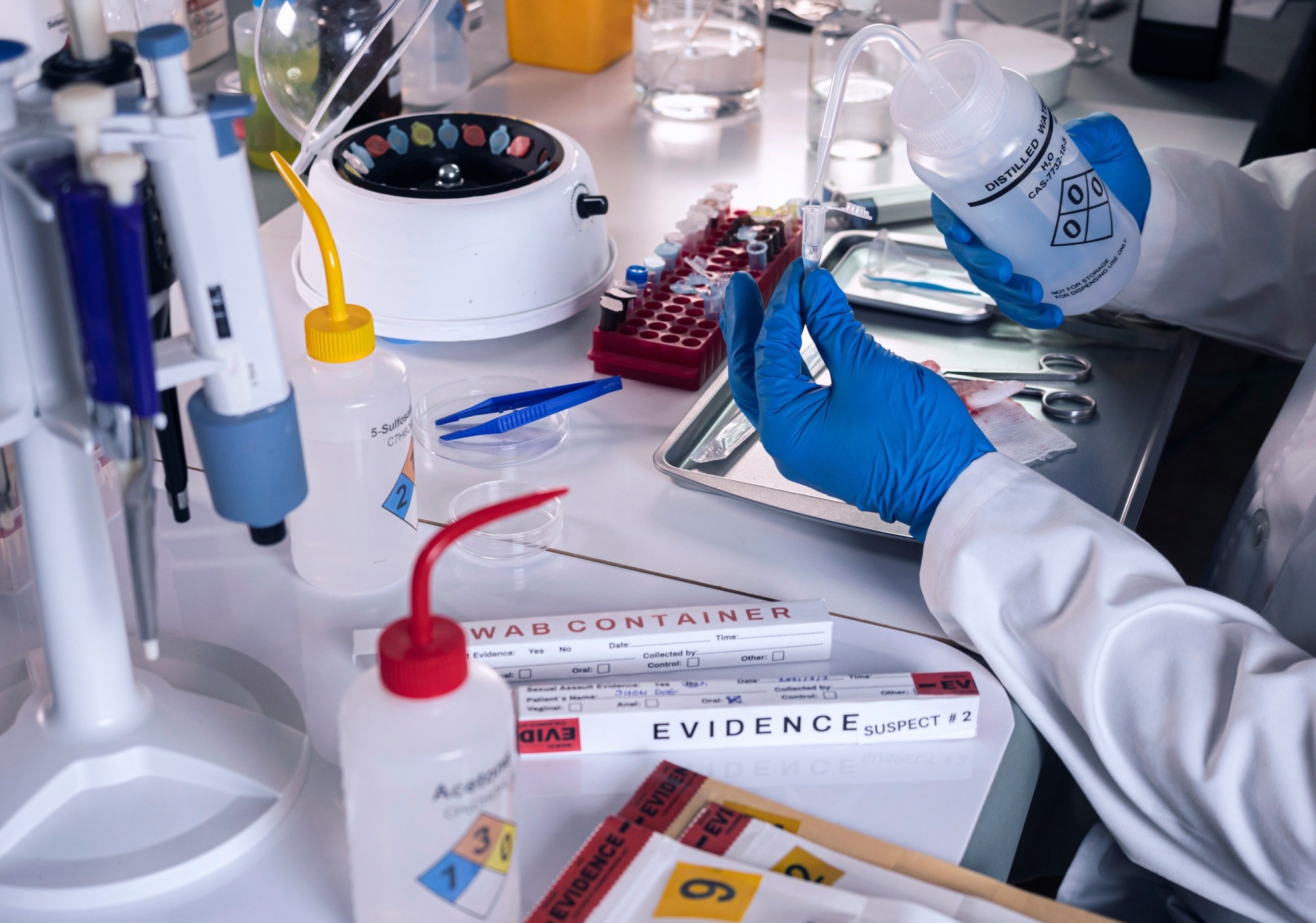
Forensic Document & Fingerprint
Within forensic science, fingerprint analysis and forensic document inspection are both crucial disciplines. Using distinguishing characteristics of the subject or the document, they assist in identifying people, confirming their legitimacy, and linking suspects to crime sites.
Examining documents scientifically to ascertain their authenticity or identify changes is known as forensic document examination. In legal disputes, fraud, and forgeries, this field is essential. Individuals are identified by fingerprint analysis, which uses the distinctive ridge and valley patterns on their fingertips.
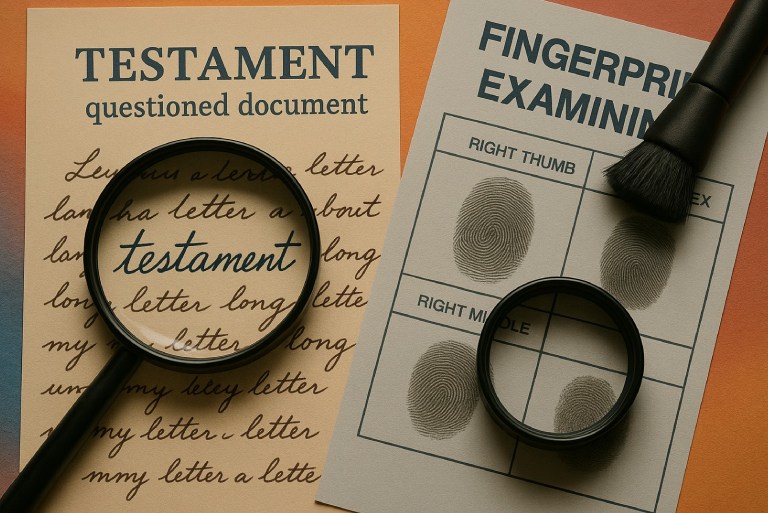
Forensic Ballistics
The area of forensic science known as "forensic ballistics" focusses on the investigation of firearms, ammunition, and the impact of projectiles, such as bullets, on targets. In criminal investigations concerning crimes involving firearms, it aids
In order to determine what weapon was used, who might have used it, and how a shooting happened, forensic ballistics examines bullets, weapons, and their trajectory.

Digital Forensic
The field of forensic science known as "digital forensics" is devoted to locating, safeguarding, evaluating, and presenting digital evidence from electronic devices in a manner that is acceptable under the law.
The discovery and analysis of electronic data is known as digital forensics. Through the collection, identification, and validation of digital information, the objective is to conduct a systematic inquiry while maintaining any evidence in its most original form.
Digital forensics' primary subfields are computer forensics, which deals with PCs, laptops, and hard drives. brings back deleted documents, emails, files, and surfing history.
The field of mobile device forensics works with SIM cards, cellphones, and tablets. retrieves applications, GPS information, phone histories, and text messages.
Traffic on networks is tracked and examined by network forensics. keeps track of data leaks, illegal access, and invasions.
Data saved in cloud services, such as Google Drive, AWS, etc., is investigated by cloud forensics. requires working with cloud service providers in concert.
Forensics of emails and social media: looks for indications of fraud, threats, or conspiracy. Data manipulation, SQL injection, and illegal database access are the main topics of database forensics.

Chain Of Custody At a Crime Scene
A crime scene's chain of custody is the methodical procedure for recording how evidence is gathered, handled, stored, and moved from the scene of the crime until it is shown in court.
It guarantees the evidence is not altered, misplaced, or tainted and demonstrates that it is the same evidence that was gathered from the scene.
Criminal Justice and Forensic Science's Role
A crucial part of criminal investigations and court processes is forensic science:
Crime Scene Investigation: By assisting with the security and analysis of crime scenes, forensic specialists help preserve important evidence.
Evidence Analysis: Scientific methods aid in establishing connections between suspects, victims, and sites.
Expert Testimony: Forensic scientists are permitted to give unbiased analysis and views during court proceedings.
Exoneration: The use of DNA and other evidence can clear those who were unfairly condemned.
Forensic Science Difficulties with Evidence Contamination
Inadequate management can change or delete important evidence.
Errors by Humans - Investigative errors may result from errors in analysis, interpretation, or documentation.
Absence of uniformity - Lab-to-lab variations in methodology impact dependability.
Unreliable Methods - There is no scientific validity to some techniques (like bite mark analysis).
Wait times and backlogs - Slow processing and case delays are caused by overworked labs.
Unfair Interpretation - Information about a case may have an impact on forensic examiners.
Difficulties with Technology - Keeping up with rapid technological advancements (like encrypted data) can be challenging.
Concerns about the Law - The court may reject evidence that has been handled improperly.
Follow cyberdeepakyadav.com on
Facebook, Twitter, LinkedIn, Instagram, and YouTube
What's Your Reaction?








